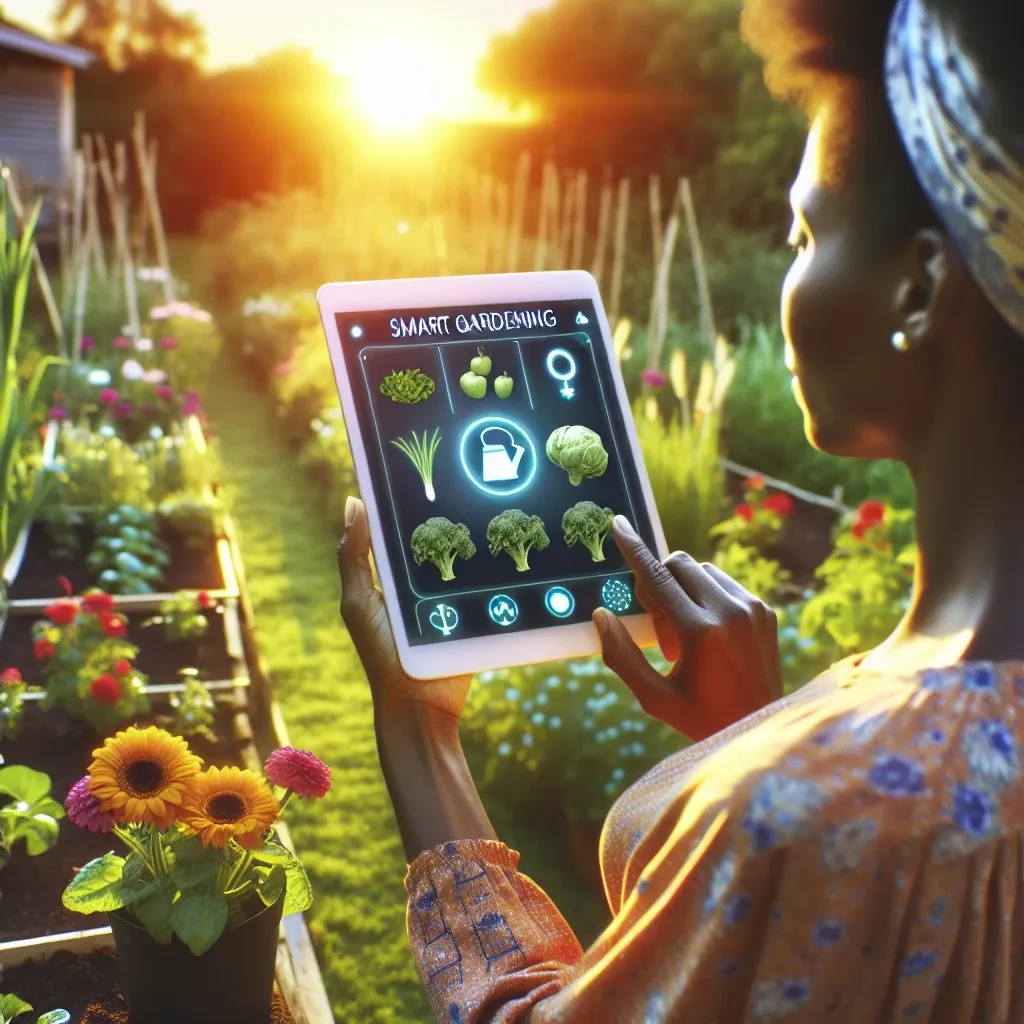How to Plant a Healthy Garden Using AI Apps
Introduction
Gardening has long been cherished as a rewarding and therapeutic activity. However, as technology evolves, so does our approach to nurturing plants and cultivating gardens. Today, AI applications are revolutionizing gardening, making it easier and more efficient to plant a healthy garden. In this article, we will explore how to leverage AI apps to plant and maintain a thriving garden.
The Benefits of Using AI in Gardening
Integrating AI technology into gardening brings a myriad of advantages:
- Personalized Gardening Plans: AI apps analyze your specific conditions—soil type, climate, and plant preferences—to create tailored gardening plans.
- Real-Time Monitoring: These applications can monitor the health of your plants, alerting you to watering needs, pest infestations, or nutrient deficiencies.
- Data-Driven Insights: AI provides valuable data and analytics, helping you make informed decisions about your garden.
- Time Efficiency: Automating tasks such as watering and fertilizing saves time and effort, allowing you to focus on other gardening joys.
Choosing the Right AI Apps for Your Gardening Needs
With numerous AI gardening apps available, selecting the right one can be overwhelming. Here are some popular features to consider:
- Plant Identification: Look for apps that can identify plants and provide care instructions.
- Weather Forecasting: An app that offers weather updates can help you plan your gardening activities accordingly.
- Soil Analysis: Choose apps that can analyze your soil’s nutrient levels and suggest improvements.
- Pest Detection: Some apps use AI to identify pests and recommend eco-friendly solutions.
Step-by-Step Guide to Planting a Healthy Garden Using AI Apps
Step 1: Assess Your Space
Before diving into planting, assess your gardening space. Take note of sunlight exposure, soil quality, and available space. Use an AI gardening app to input this data, which will help in recommending suitable plants for your area.
Step 2: Choose Your Plants
Utilize the plant identification feature in your AI app to discover plants that thrive in your climate and soil conditions. Consider factors such as growth patterns, watering needs, and compatibility with companion plants.
Step 3: Soil Preparation
Healthy soil is the foundation of a successful garden. Use an app that offers soil analysis services to determine your soil’s pH and nutrient status. Based on the results, amend your soil with organic matter or fertilizers as suggested by the app.
Step 4: Planting
Follow the app’s planting guidelines, including proper spacing and depth for each plant. Make sure to plant at the right time of year for optimal growth. Remember to be gentle with the roots and provide adequate support for taller plants.
Step 5: Real-Time Monitoring and Maintenance
Once your garden is planted, the real-time monitoring features of AI apps come into play. Set up alerts for watering schedules, pest detection, and nutrient needs. This proactive approach ensures that your plants receive the care they need when they need it.
Step 6: Harvesting and Continuous Improvement
As your garden grows, make use of the app’s analytics to track growth patterns and yield. Document your harvesting times and methods, and use this data to improve future gardening efforts.
Real-Life Examples of Successful AI Gardening
Many gardeners have already transformed their gardening practices through AI technology. For instance, urban gardeners in densely populated areas have used AI apps to optimize small spaces effectively, growing vegetables and herbs on balconies and rooftops. The success stories illustrate how technology can empower both novice and experienced gardeners.
Future Predictions for AI in Gardening
As AI technology continues to advance, we can expect even greater innovations in gardening. Future apps may integrate augmented reality to provide visual cues on plant health, or use machine learning to predict plant diseases before symptoms appear. The potential for AI in gardening is vast, promising a more sustainable approach to our food sources.
Conclusion
Planting a healthy garden using AI apps is not only a modern approach but also a sustainable one that has many advantages. By leveraging technology, we can enhance our gardening experience, making it easier to grow vibrant plants while also contributing to a greener planet. With the right tools and knowledge, anyone can cultivate a flourishing garden, regardless of their gardening expertise.

